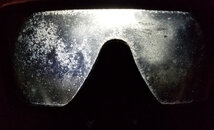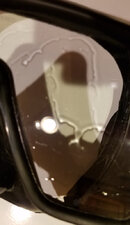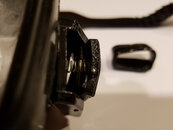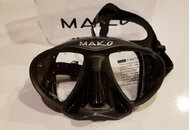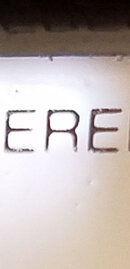Bottom Surveyor
Contributor
@lowiz,
Thanks for your efforts, mate! You have the patience of an angel!
This is something that I've heard of, but haven't tried myself. Since you're already experimenting, I reckon it wouldn't hurt if you tried it - especially since the "method" couldn't be simpler or easier.
couldn't be simpler or easier.
Apparently, all it takes is a can of coke. Pour a bit of it into a new mask (just enough to cover the glass). Leave it to sit overnight, and by the morning it's supposed to have removed the silicon film.
If it works, great (I wouldn't be surprised if it did - coca cola has been known to work as a stripper/cleaner on many a surface).
If it doesn't... Well, you've still got the mask to try another potential method on!
Thanks for your efforts, mate! You have the patience of an angel!

This is something that I've heard of, but haven't tried myself. Since you're already experimenting, I reckon it wouldn't hurt if you tried it - especially since the "method"
 couldn't be simpler or easier.
couldn't be simpler or easier.Apparently, all it takes is a can of coke. Pour a bit of it into a new mask (just enough to cover the glass). Leave it to sit overnight, and by the morning it's supposed to have removed the silicon film.
If it works, great (I wouldn't be surprised if it did - coca cola has been known to work as a stripper/cleaner on many a surface).
If it doesn't... Well, you've still got the mask to try another potential method on!



